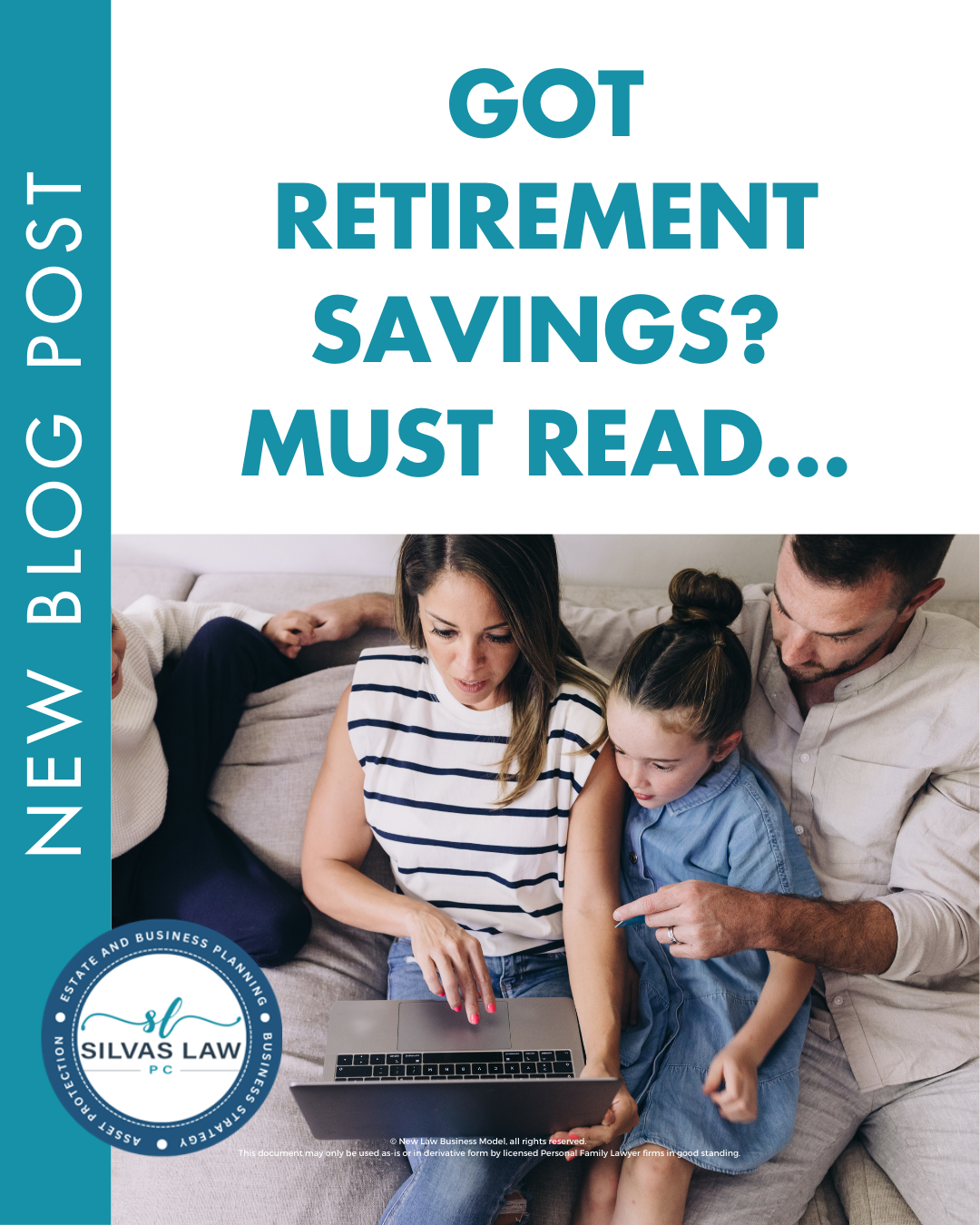Understanding The Difference Between A Cash Flow Statement And A Profit And Loss Statement
To run a business successfully, it is necessary to create various financial documents, including cash flow and profit and loss (P&L) statements. Doing this enables business owners to understand their business’s current financial health and make appropriate changes to improve company performance. Many business owners hire accountants to create these documents. Still, it can be beneficial for these individuals to learn how to do this themselves, as this can help them reduce their costs and gain a greater understanding of their businesses. For business owners to create these documents, knowing the differences between them is essential.
What Is a Cash Flow Statement?
According to Harvard Business School, cash flow is the difference between a business’s incoming and outgoing cash during a specific period. Cash flow statements enable business owners to review their business’s finances to determine its cash flow. In these statements, business owners can identify the business’s payments and expenses to determine where its money comes from and how it spends it. One of the key benefits of producing a cash flow statement is that it enables business owners to identify the amount of money required to run their business’s daily operations, enabling them to reinvest any remaining cash into their businesses to improve their long-term performance. It also allows business owners to see if they improved their cash levels or decreased during a specific period. Usually, businesses create these documents quarterly but depending on their preference, businesses may make them more or less frequently than this.
Cash Flow Statement Sections
Here are the three key sections within a cash flow statement:
- Operating activities: This section outlines the business’s expenses and income, resulting in a positive or negative cash flow. The operating activities help business owners determine the business’s costs and income before considering investments or additional financing.
- Investing activities: Refer to any investments that might impact the business’s available cash, such as when a company buys or sells equipment or property. Identifying these activities help businesses realize whether it is necessary to reign in their spending or if they can purchase new equipment or make any other investments without significantly impacting the business’s available cash levels.
- Financing activities: In this section, businesses record information about their bonds or stocks, including their remaining cash after selling or issuing securities or dividends.
Understanding Negative Cash Flow
Business owners can benefit from realizing that negative cash flow does not necessarily suggest that their businesses are unsuccessful. For instance, when business owners decide to make significant investments in the business, which involve new premises or equipment, these expenses may significantly reduce the business’s cash flow. However, these investments may have excellent long-term benefits for the company, such as enhanced maximum output levels, making the negative cash flow worthwhile in the short term. That said, consistent negative cash flow is usually an indicator of a poor-performing business and suggests that changes are necessary for the business to become profitable and survive.
What Is a Profit and Loss Statement?
According to the Corporate Finance Institute, a P&L statement is a financial document outlining how a business performed during a specific period, such as a month, quarter, or year. Also known as income statements, P&L statements differ from cash flow statements, as these documents focus on the business’s profit and losses instead of cash flow. Rather than determining whether they have enough cash to purchase certain things, P&L statements enable business owners to see whether their businesses are generating a profit. A Profit & Loss Statement typically outlines the business’s income, expenses, and earnings alongside other figures that help business owners determine the financial health of their businesses.
When To Use Cash Flow and P&L Statements
Here are some of the main situations when it can be beneficial to use cash flow and P&L statements:
- Cash flow statements: Using cash flow statements can help businesses identify whether they can afford to pay their invoices, bills, and other expenses for that week or month. Additionally, business owners can calculate if they can afford to pay their staff, fix damaged equipment, or invest in new equipment. From the cash flow statement information, business owners can determine whether they can proceed with certain payments or if delaying them is necessary.
- P&L statements: Creating P&L statements enables businesses to identify longer-term issues surrounding the business’s financial health, including identifying the business’s quarterly or annual financial performance, its long-term spending and financial projections, and whether the business is likely to gain credit if required.
Importance of Understanding the Difference Between Cash and Profit
When running a business, it is crucial to understand the difference between cash and profit. A company’s cash levels can be more or less than a business’s profits, and a business may have a negative cash flow but still generate good profits. For instance, if a business makes many sales throughout the financial year, it may have generated significant cash. Still, suppose the business has some of its profits recorded as accounts receivable. In that case, it may have insufficient cash available for the period due to it awaiting payment from the business’s debtors.
Alongside this, when businesses sell physical goods, they increase their inventory to improve their maximum capacity for sales. However, if the business struggles to sell these goods, it may need better cash flow, even though it has the potential to make significant long-term profits from selling these goods. In addition, these goods may depreciate, negatively impacting the business’s ability to generate profits from them. Due to these various factors, learning the key differences between these financial statements and how to analyze them for maximum effect may positively impact a business owner’s ability to make sound business decisions.
Contact us, your local Personal Family Lawyer® with family business planning expertise to learn more
As your Personal Family Lawyer® with family business planning expertise, we can help you learn the differences between cash flow and P&L statements. You can make more sound financial and operational decisions when you understand your business’s cash flow. For business owners who find creating and understanding these documents challenging, consider contacting us, your Personal Family Lawyer® with family business planning expertise for advice.















